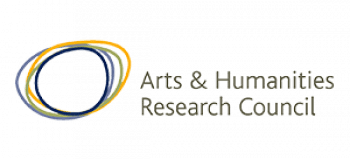
Research: Project TIME
Exploring the history of major social change in third and fourth millennia Ireland and Britain.
About
Research summary
-
2020 to 2023
The project uses advances in radiocarbon dating and mathematical modelling to produce more precise chronologies of human history in Britain and Ireland.
Focusing on the period 3500-1500 BCE, researchers are gathering new evidence of how and where people lived, generating fresh insights into their lived experiences and practices.
Britain and Ireland experienced dramatic changes during this period, including:
- the emergence of new types of pottery, such as grooved ware and beakers
- the first use of metals
- the production of enigmatic artefacts including carved stone mace heads and balls
- the construction and use of some of Europe’s most iconic sites, such as Stonehenge (England), Skara Brae (Orkney) and Newgrange (Ireland)
Recent studies focusing on ancient DNA and stable isotopes have also shown large-scale population changes and movement of humans and animals over large distances.
This new evidence has generated significant debate about identity and the organisation of society during this period.
Detailed chronologies will help understand these changes, and the deeper social themes are bound into them.
The project aims to:
-
produce new chronologies for key sites
-
examine patterns of developments across regions and time-periods
-
write new narratives of the past, investigating the character of change and what it says about people and societies
-
improve understanding of the history of Britain and Ireland in the fourth and third millennia cal BCE
Header image: (C) Adam Stanford
Research outputs
- Resources and publications generated by the project will be published here when available.
Team
Research team
Lead researcher
Co-researchers
-
Prof Julian Thomas, University of Manchester
-
Dr Neil Carlin, University College Dublin
-
Prof Tom Higham, University of Oxford
Logos and contacts
With funding from

Arts & Humanities Research Council
Contact us
You can contact individual members of the team through their staff profiles.
For general enquiries about the Race, Religion, Ethnicity and Community research group, please contact its leads Dr Andrew Crome and Rachel Lichtenstein.

